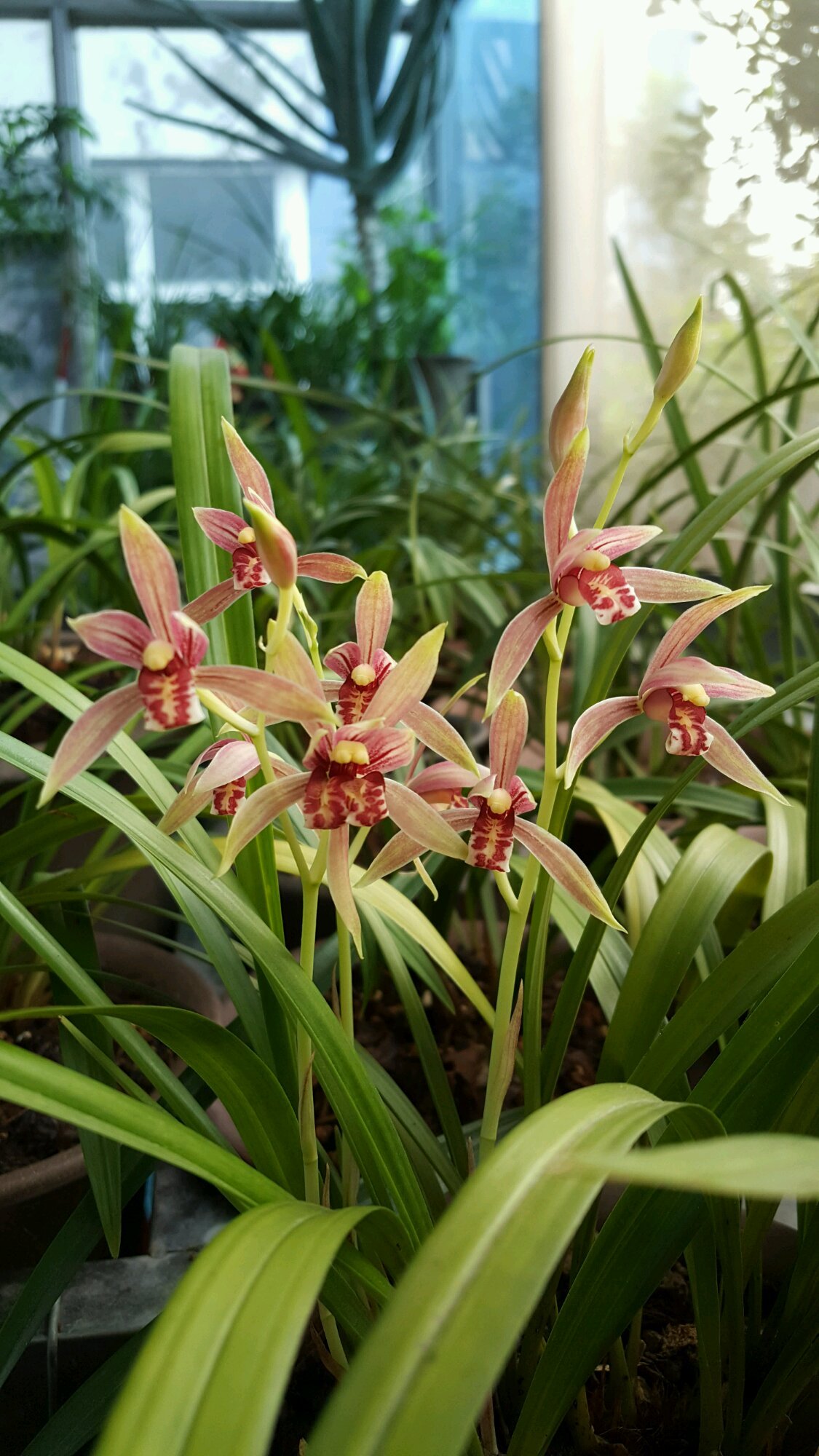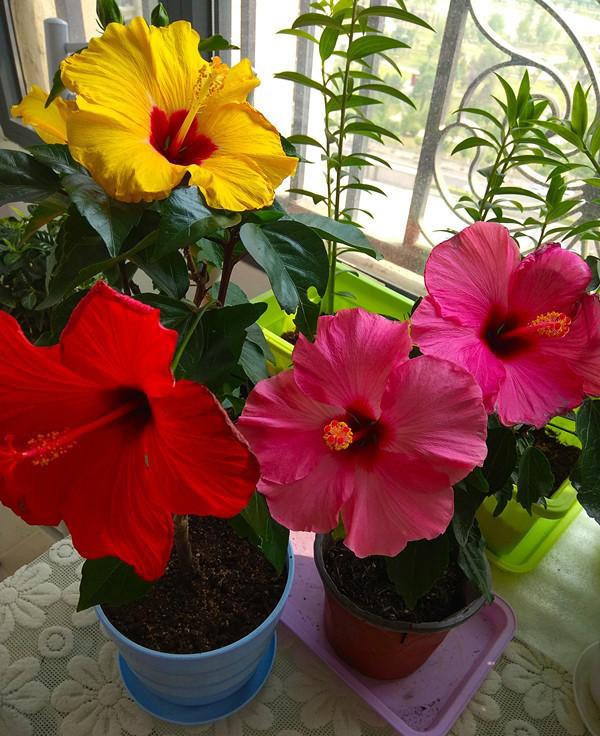Using three kinds of black materials to raise orchids skillfully the roots of orchids are strong and the flower buds smell fragrant for ten miles.

To raise orchids, "seven percent depends on water and one third depends on fertilizer." in addition to planting materials, water and fertilizer is also an important factor in raising orchids. In autumn, it is the peak period of orchid growth, and it is also the period when orchids need to be fattened. Orchids who want to see orchids and smell flowers should pay attention to fattening at this time, otherwise it will be difficult to see flowers.
Then how to fatten the orchids? Raise orchids, make good use of three kinds of "black materials", orchids are not easy to rot roots, strong roots of orchids, flower buds, flowers bloom ten miles.
1. Sheep dung
Sheep dung contains a lot of nitrogen, phosphorus and potassium, which is good for raising orchids. Many orchid friends like to use it, mixed in the plant material, or spread in the basin, its fertilizer effect is released slowly, not easy to cause fat injury, and it is used to raise orchids. The safety factor is relatively high.
Although sheep dung is easy to use, it still needs to be treated, because it contains a certain amount of salt, so how to do it? First of all, it should be dried in the sun first, then soaked in water for about 2 weeks, during which the water should be changed 2-3 times. When changing the water for the last time, you can add some insecticidal and germicidal medicine to soak, soak the good nutrients, pack them in a bag, and cover them for half a year to a year. But remember to expose yourself for a few days before use.
2. "Black Water Fertilizer"
Raising orchids in autumn mainly provides phosphorus and potassium fertilizer to orchids to promote flower bud differentiation, while wild orchids like to grow in places with high humus. Now orchids are mostly raised with granular plants, with more inorganic matter and less organic matter, so it is necessary to properly supplement some organic fertilizer to meet the growth conditions of orchids in order to grow better.
We can use the organic nutrient solution for orchids, which is completely fermented from sugarcane, so it looks black, but without hormones, it can be diluted 1000 times and watered every 10 days to strengthen roots and promote flowers. To make up for the shortcomings of granular plant materials, the effect of root cultivation is better, the orchid root is good, the orchid is strong, and the flowering is more and fragrant.
If the orchid is in the leaf bud germination period, at this time, it is necessary to add some nitrogen fertilizer, we can use a general organic nutrient solution, nitrogen, phosphorus and potassium balance, can be applied to both roots and leaves, so that the orchid leaves green, verve, leaf buds grow fast and strong, not perishable.
3. Plant ash
Plant ash is also a very good fertilizer, used more in rural areas, and used to raise orchids, it is also of great benefit, it mainly plays two roles, one is to act as potash fertilizer, the other is to serve as a "preservative", because it has a certain ability of sterilization and disinfection, in the summer period of high decay, it is not wrong to be used for antiseptic effect.
In early autumn, "autumn tigers" are popular, and antiseptic is still the focus of orchid cultivation, but in autumn, there is a dry climate, so there is no shortage of water, otherwise it will be difficult for orchids to sprout and blossom, but in occasional high temperatures and too much watering, orchids are still in danger of rotting. To accurately water, we can use the flower detector, insert into the soil, when the data shows 20%-30%, we can water the orchid, timely watering, avoid stagnant water, the orchid can grow as long as possible.
To preservative, plant ash can also be used at this time, but as we all know, plant ash is alkaline, while orchids like a slightly acidic environment, and the two collide with each other, so plant ash can not be used in large quantities. If it is used for soil mixing, it can account for 10% of the total plant material. More simply, it can be sprinkled directly on the basin surface. When watering, the fertilizer is dispersed in the soil with water, and the root is protected and fattened.
If you want orchids to grow well, you still have to pay attention to the use of fertilizer. Have you used these three kinds of "black fertilizer"?
- Prev

Don't be too cheap to grow flowers. No matter how expensive they are, you should keep a pot that can absorb formaldehyde and be lucky.
There are a lot of people growing flowers at home, and more and more people join the ranks of growing flowers. This situation is entirely because the benefits of growing flowers are highly respected by people.
- Next

The longest flowering plants bloom all year round and can be potted.
Welcome to Baijia No.(Zihan Raising Flowers) What we are talking about today is: the longest flowering plant, flowering all year round, can be potted green plants potted plants are essential accessories for home life, there are some flowers and plants in my house, Xu...
Related
- Wuhan Hospital Iron Tree Blooming Result Was Instantly Frightened by the Gardener Master
- Which variety of camellia is the most fragrant and best? Which one do you like best?
- What is the small blue coat, the breeding methods and matters needing attention of the succulent plant
- Dormancy time and maintenance management of succulent plants during dormancy
- Minas succulent how to raise, Minas succulent plant pictures
- What are the varieties of winter succulent plants
- How to raise succulent plants in twelve rolls? let's take a look at some experience of breeding twelve rolls.
- Attention should be paid to water control for succulent plants during dormant period (winter and summer)
- Watering experience of twelve rolls of succulent plants
- Techniques for fertilizing succulent plants. An article will let you know how to fertilize succulent plants.

